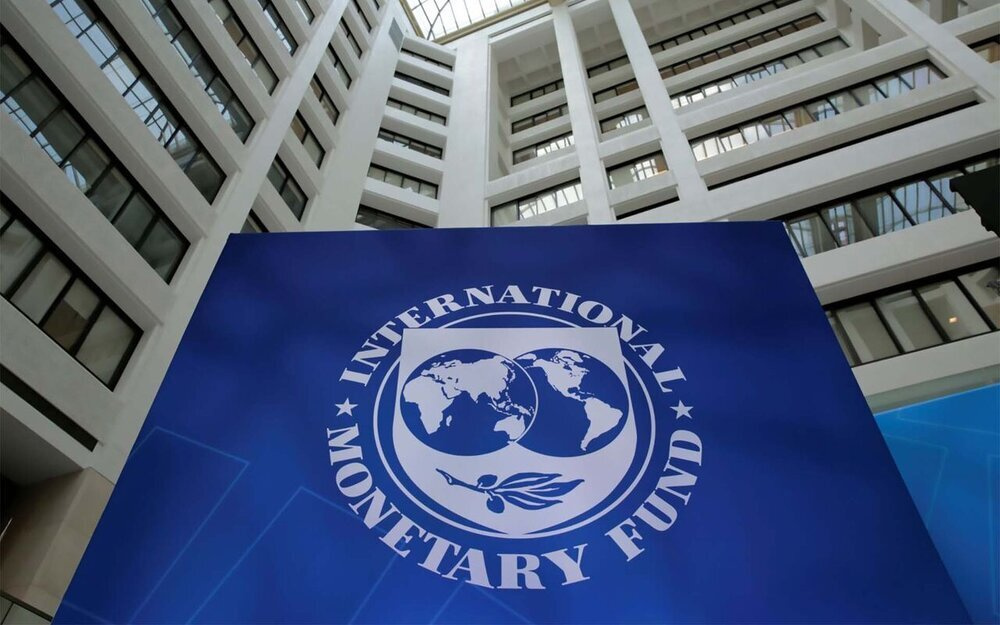The International Monetary Fund has lowered Ghana’s growth rate to 1.6% for this year, from the earlier projection of 2.8% in its April 2023 World Economic Outlook (WEO) Report.
This is coming after the World Bank cut the country’s growth rate forecast for this year to below 2%.
The Fund cited fiscal slippages as a result of high debt and budget deficit, reducing government spending in infrastructure and investments, as the major reasons.
It however predicted a 2.9% expansion of the economy in 2024.
For emerging markets and developing economies, the report said economic prospects are on average stronger than for advanced economies, but these prospects vary more widely across regions.
The International Monetary Fund has lowered Ghana’s growth rate to 1.6% for this year, from the earlier projection of 2.8% in its April 2023 World Economic Outlook (WEO) Report.
This is coming after the World Bank cut the country’s growth rate forecast for this year to below 2%.
The Fund cited fiscal slippages as a result of high debt and budget deficit, reducing government spending in infrastructure and investments, as the major reasons.
It however predicted a 2.9% expansion of the economy in 2024.
For emerging markets and developing economies, the report said economic prospects are on average stronger than for advanced economies, but these prospects vary more widely across regions.
The International Monetary Fund has lowered Ghana’s growth rate to 1.6% for this year, from the earlier projection of 2.8% in its April 2023 World Economic Outlook (WEO) Report.
This is coming after the World Bank cut the country’s growth rate forecast for this year to below 2%.
The Fund cited fiscal slippages as a result of high debt and budget deficit, reducing government spending in infrastructure and investments, as the major reasons.
It however predicted a 2.9% expansion of the economy in 2024.
For emerging markets and developing economies, the report said economic prospects are on average stronger than for advanced economies, but these prospects vary more widely across regions.
Downside risks
The report said the dominant risks to the outlook are square to the downside.
“Much uncertainty clouds the short- and medium-term outlook as the global economy adjusts to the shocks of 2020–22 and the recent financial sector turmoil. Recession concerns have gained prominence, while worries about stubbornly high inflation persist”.
“There is a significant risk that the recent banking system turbulence will result in a sharper and more persistent tightening of global financial conditions than anticipated in the baseline and plausible alternative scenarios, which would further deteriorate business and consumer confidence”, it added.













